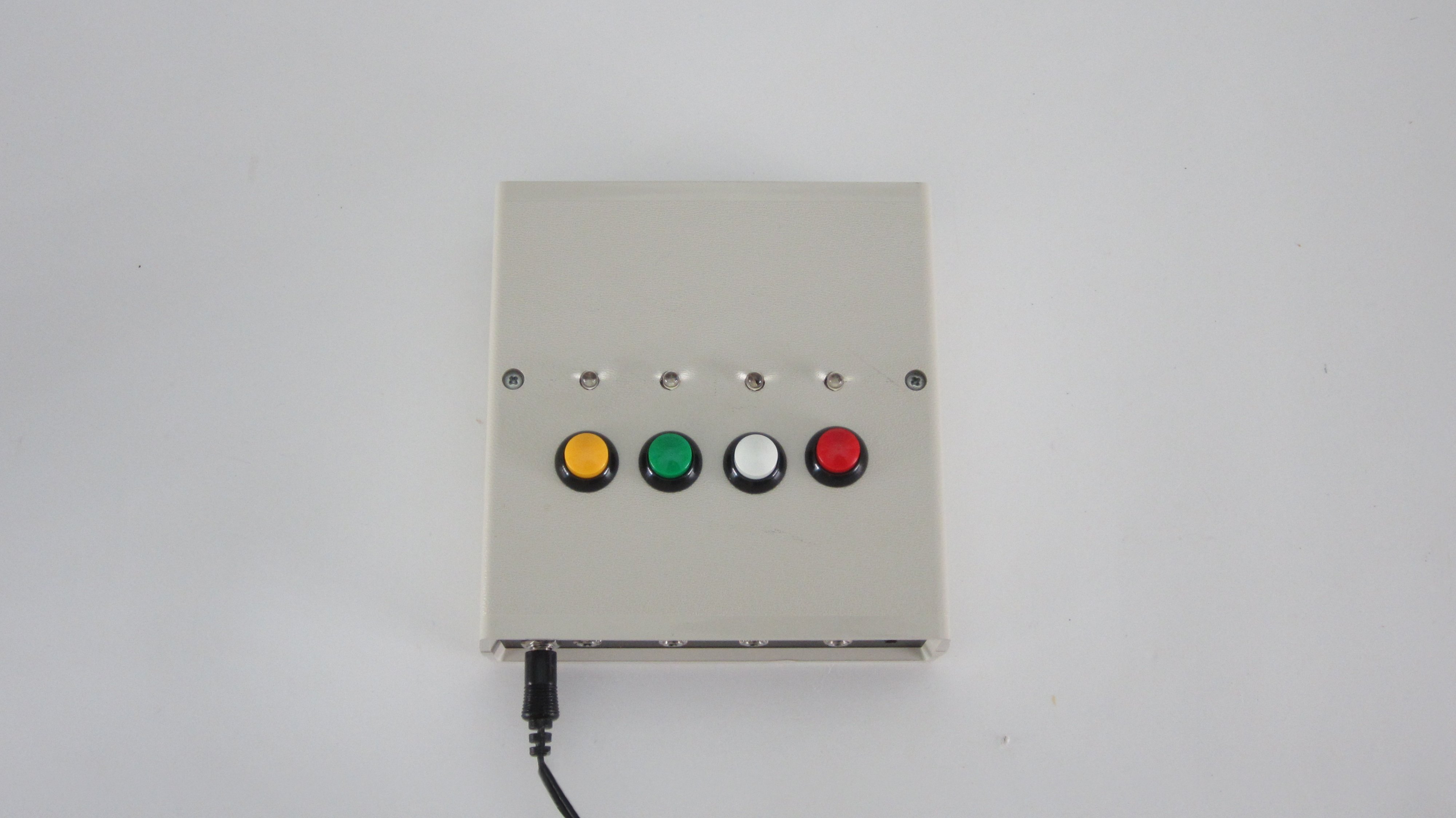Electronics memory games like Simon can be a lot of fun — but they’re even more fun if you add a second player and make it a competition. So I designed a two player version of the game that runs on Arduino, letting you play head to head.
To make it even more interesting, I added jacks that allow you to use external switches. This means you can use almost anything as a switch to play the sequence; all it has to do is connect the signal wire to ground. You can use large push button switches. You can hook up piezo vibration sensors to a drum set and play Simon with a drum set. You could even wire it up to the switches on a “Guitar Hero” style guitar. The choice is up to you.
[youtube:http://youtu.be/Bfj2PDhaFAk]



